The cost of living crisis has forced us to think more carefully about how we heat and cool our homes, charge our electric cars, and use domestic appliances. And, while spending money on new smart home products won’t be the right move for everyone right now, we hope readers will benefit from the energy-saving credentials of the products we’ve rounded up here.
All of these devices connect to the internet and to smartphone apps for control while at home and away. They also aim to lower your utility bills by being more energy efficient, and encourage you to take a more frugal approach to running your home.
The best energy efficient gadgets in 2022
Nest Learning Thermostat
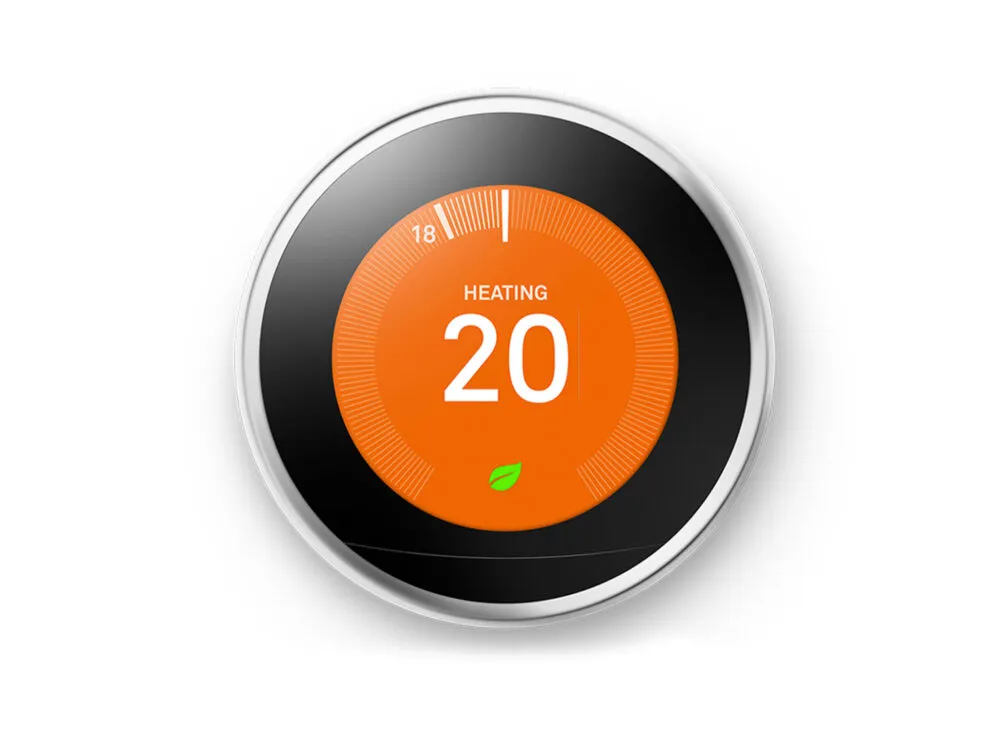
Co-created by Tony Fadell, whose CV includes the iPod and iPhone, the Nest Learning Thermostat is claimed to have saved almost 40 billion kWh of energy worldwide since it first launched a decade ago. The intelligent thermostat first spends a week learning your heating and cooling preferences, then creates its own schedule and makes small adjustments to use less energy while still keeping you comfortable.
The Nest can be adjusted manually like any other thermostat – and has a premium feel with its weighty, stainless steel dial – but also connects to your smartphone for remote control. By knowing the location of your phone, the Nest turns the heating down when you go out, then turns it back up again when you return.
It can also be controlled by speaking to Google Assistant or Amazon Alexa, and the Nest app shows a detailed breakdown of your historical energy usage. Nest sells the Learning Thermostat in four colours of stainless steel, white, black and copper to help compliment the decor of your home.
The Nest can be fitted to a wall like any other thermostat, or sat in a portable stand, sold separately, if you prefer to locate it elsewhere.
Tado Smart Radiator Thermostat V3+
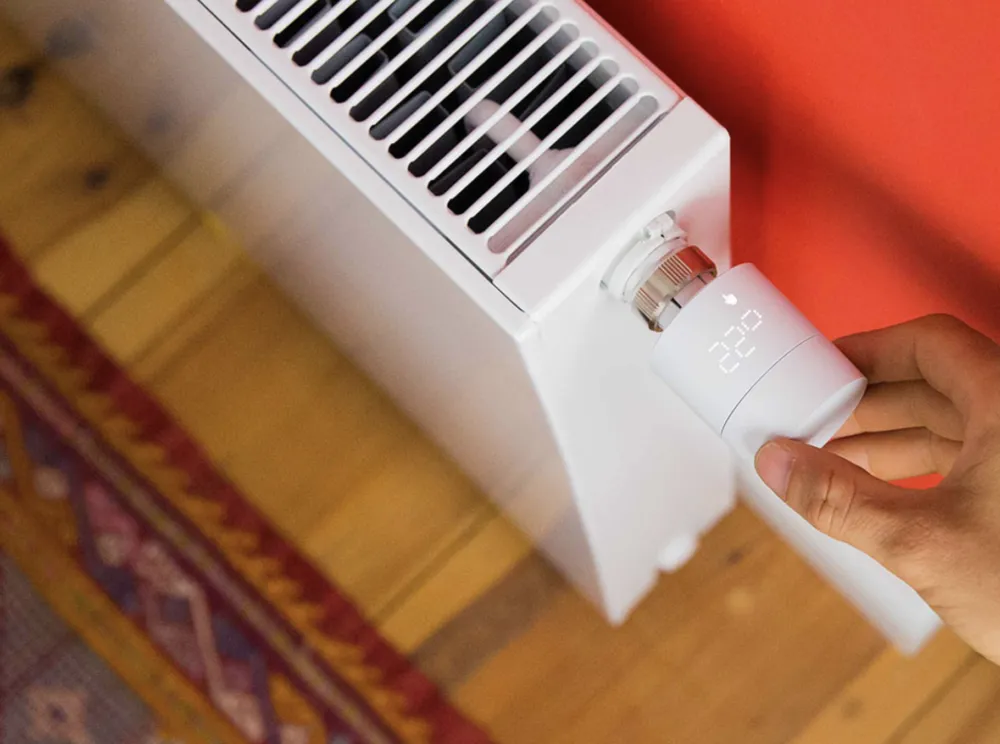
Controlling your heating centrally with a smart thermostat is a good start, but taking things a step further is the Smart Radiator Controller from Tado. Powered by two AA batteries, this replaces the manual temperature controller already on your radiator, then connects to your Wi-Fi network and can be directed from an app, or smart home system like Google Home, Alexa or Apple HomeKit.
Once fitted, your radiators can be controlled individually, making it easy to turn down those in rooms that aren’t being occupied, lowering your home’s energy demands. By knowing the location of your smartphone, the Tado Smart Radiator Thermostat can automatically increase the temperature as you approach home, and it’s easy to set schedules for each room in the Tado app, so only those you use regularly are heated.
We recommend buying a starter kit, which includes two radiator controllers and the bridge, which is required for wirelessly connecting Tado devices to your Wi-Fi router. The controllers come with various attachments and are designed for DIYers to install without professional help; just make sure your radiators have thermostatic valve heads.
Add Tado’s thermostat to your smart home system, and your home will be heated or cooled according to local weather forecasts, and the app will alert you if it thinks you’ve accidentally left a window open, or if a room isn’t heating correctly.
TP-Link Kasa Smart WiFi Plug
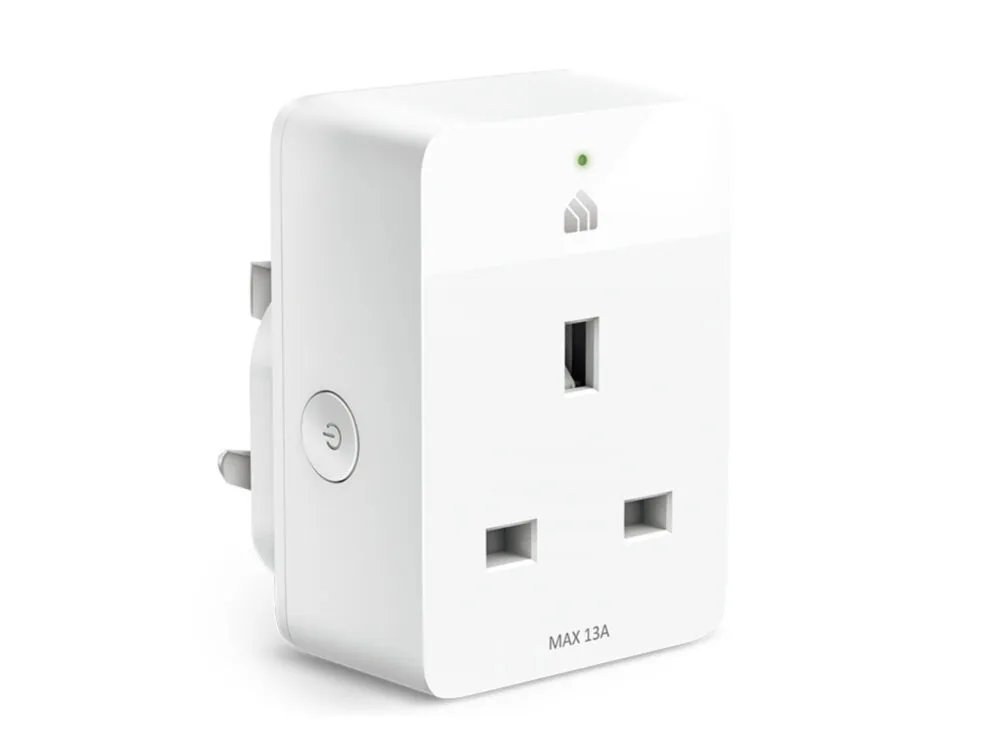
Smart plugs like this one from TP-Link’s Kasa range can make almost any household appliance smart. Fitting between an appliance’s plug and the plug socket, they have Wi-Fi for connecting to the internet and can be controlled from smartphone apps, home automation systems like Apple HomeKit, and voice assistants like Alexa.
The Kasa is quick and easy to set up, schedules can be set for every day of the week, and the plug can be controlled when away from home – handy to check if your straighteners are off, or want to turn a lamp on to make your home look occupied at night.
Although smart plugs consume energy to function, the wireless tech they use is incredibly efficient, with Zigbee and Z-Wave, a pair of smart home wireless standards, accounting for around half a watt.
As for saving you energy, this is done by setting schedules that shut down your devices when they aren’t needed, instead of leaving them in standby mode. For example, you could set a schedule that turns your TV and soundbar off at the wall for a few hours each night.
As well as individual smart plugs, the same technology can be found in multi-socket extension cables and even wall sockets.
Philips Hue Smart Lights
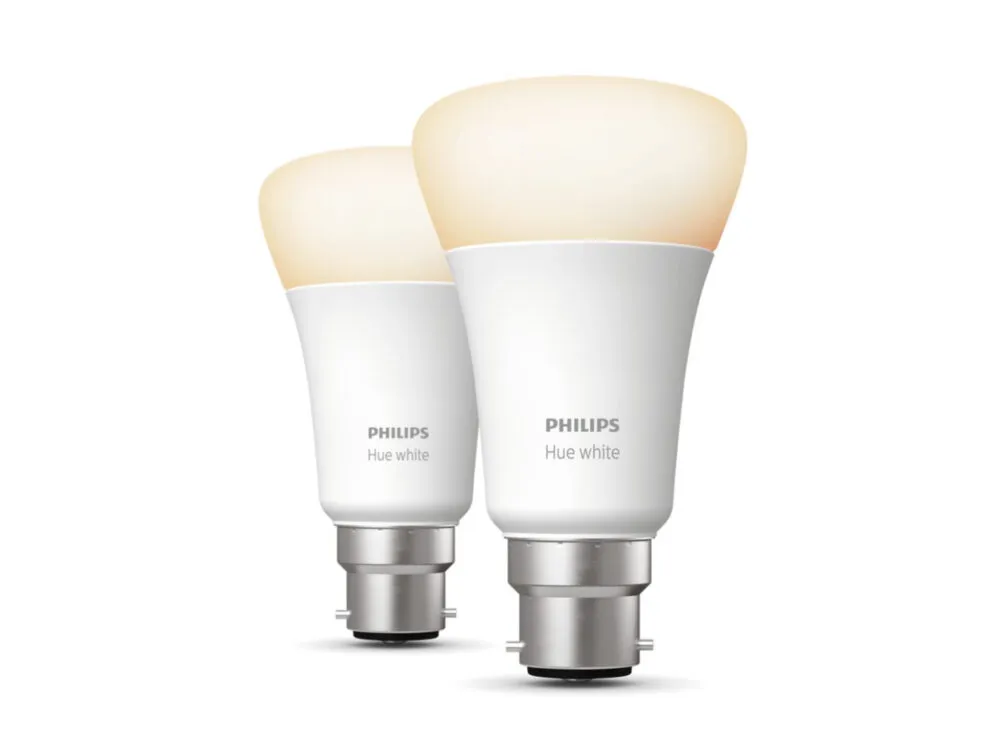
LED lighting is a great way to lower your home energy usage, since they are around 90 per cent more efficient than traditional incandescent or halogen bulbs. Philips Hue smart lights consume slightly more power than non-smart LEDs, owing to their wireless connectivity, but they have some nifty features to help restore that balance.
For example, the Hue system can be given the location of your smartphone, and with that information it can be set to turn off some (or all) of your lights when you go out. It’s also possible to lower bulb brightness, adjust the temperature from a cool white to warm orange, and even pick from 16 million colours.
Via the Hue app (or Alexa, Google Home and other automation systems), bulbs can be divided into groups and given daily or weekly schedules, and motion sensors can be used to have a bathroom light come on at night, for example, then automatically switch off again a few minutes later.
Lastly, a feature called presence mimicking turns your lights on and off to make it look like an empty home is occupied, in a bid to deter potential burglars that is smarter and more energy efficient than leaving a couple of lamps on all day and night.
Google Nest Hub smart display
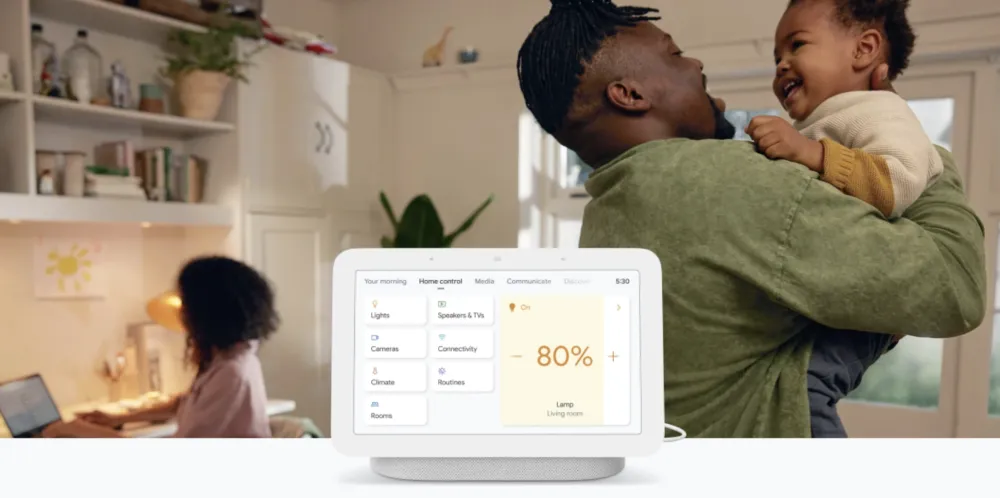
The Nest Hub (previously called the Google Home Hub) is a touchscreen smart display with the Google Assistant baked in, which can be used to play music, answer questions and show recipe suggestions.Although not directly responsible for lowering your home energy bills, we love how it acts as a central command centre for your smart home.
It can be used to play music, answer questions and show recipe suggestions, but we also love how it acts as a central command centre for your smart home. The touch-controlled interface is a great way to adjust your smart lighting, turn plugs on or off, adjust the heating and even view a live feed from security cameras and a video doorbell.
We especially like how this system gives guests and less tech-savvy family members an easy way to control smart home devices, without learning the exact phrases needed to use Google Assistant. And, once you’ve mastered Google Assistant, phrases like “hey Google, turn off all the lights” are easy ways to make sure nothing’s left on by mistake.
Because the Nest Hub is tightly integrated with the Google Home system, it can be used to control all of the gadgets mentioned in this article.
WeeKett smart kettle
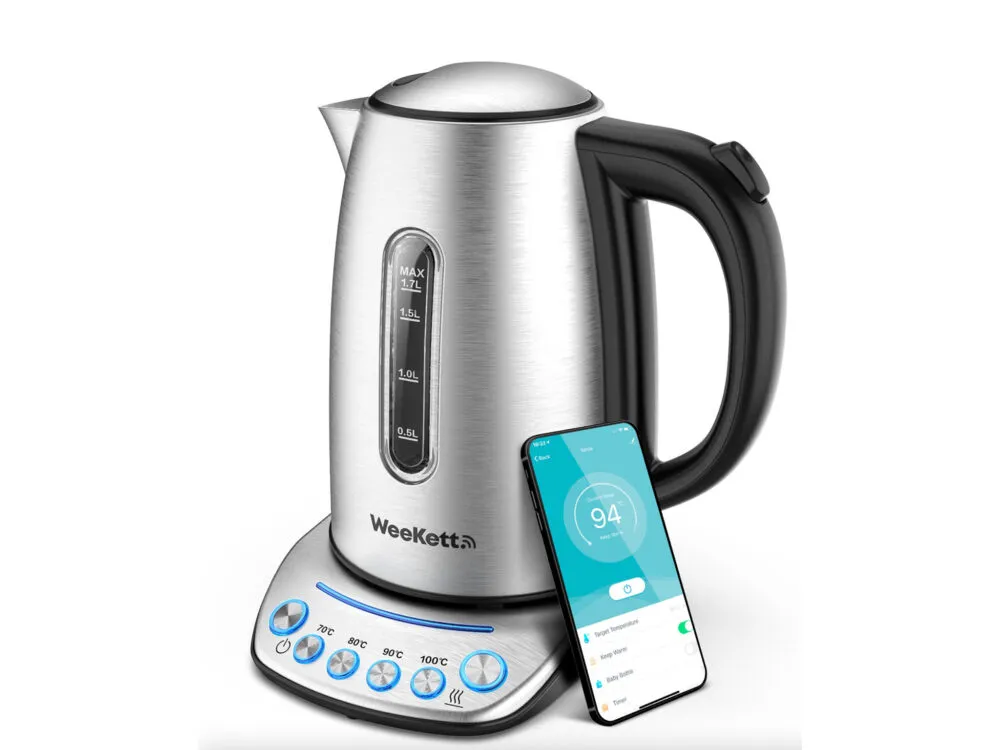
Did you know that many hot drinks are best brewed with water that isn’t quite boiling? Green tea should be 80°, for example, and only black tea should get the full 100° treatment. The WeeKett helps save energy by heating water to exactly the right temperature, with buttons for 70, 80, 90 and 100 degrees.
Then, with Wi-Fi connectivity and integration with the Smart Life app, it can be set to any temperature as low as 40°. There’s also the option to maintain a certain temperature for up to an hour, and a baby bottle mode that heats to 100°, then keeps the temperature at a steady 70 for an hour.
The app also displays the current water temperature, so in some cases you can get away with making a second drink without needlessly boiling the still-hot water again. There’s also voice control via Alexa and Google Assistant, so you can ask the smart speaker in your bedroom to fire up the kettle, knowing it’ll be ready when you get to the kitchen.
- Buy now from WeeKett (£89.99)
My energi Zappi charger
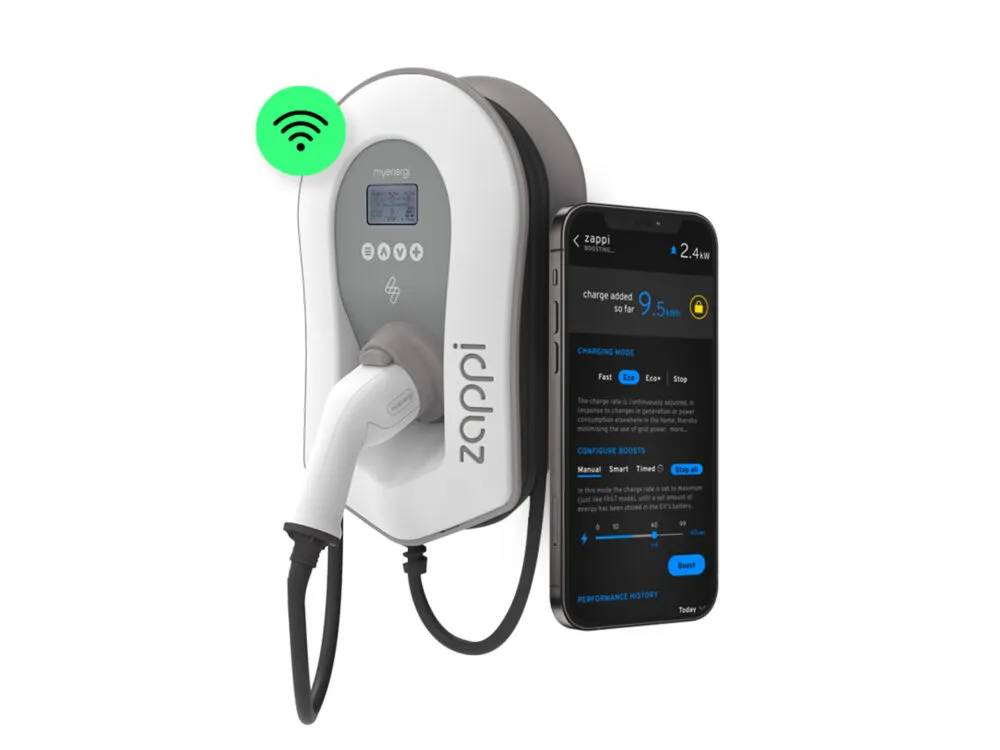
Effective from 30 June 2022, electric car chargers sold in the UK now need to be smart. What this means is they will charge in a way that balances demand on the national grid. This aspect of their smartness is designed to prevent putting excess demand on the grid, but these chargers can also work to save you money.
Smart chargers are by default set to work during off-peak hours (during the night and middle of the day), when electricity is cheaper. However, this timing can be adjusted to charge whenever electricity is cheapest on your particular tariff.
Some chargers, like the MyEnergi Zappi featured here, draw clean, free power from solar panels or wind generation as well as the national grid, making electric car ownership cheaper and more efficient. One of the Zappi’s three charging modes, called eco+, constantly adjusts the balance between paid-for grid and free solar and wind power. If this balance swings too far towards the grid, then charging pauses until there’s more free power being generated by your solar panels and wind turbine.
- Buy now from myenergi (£779)
Read more:
